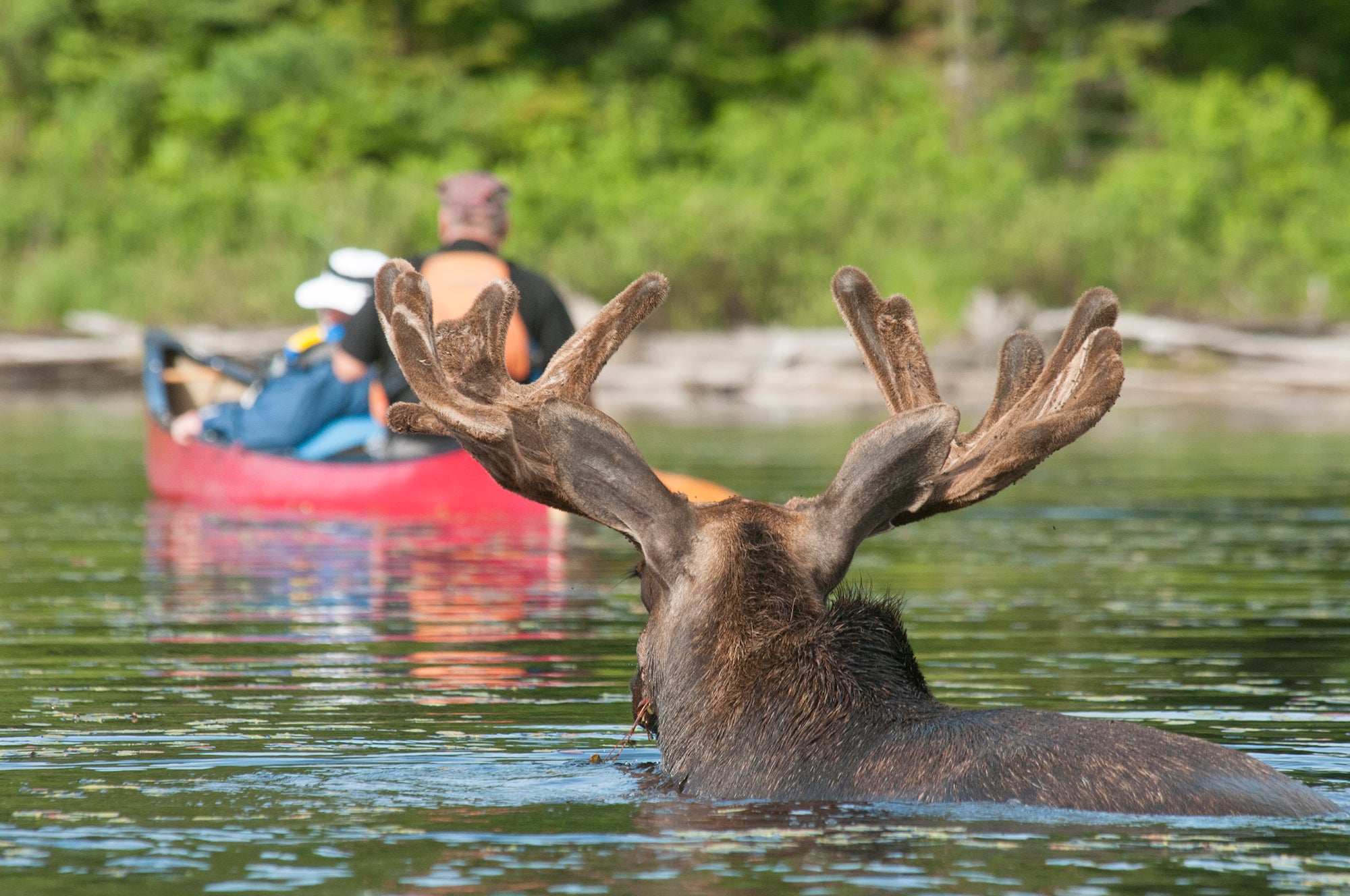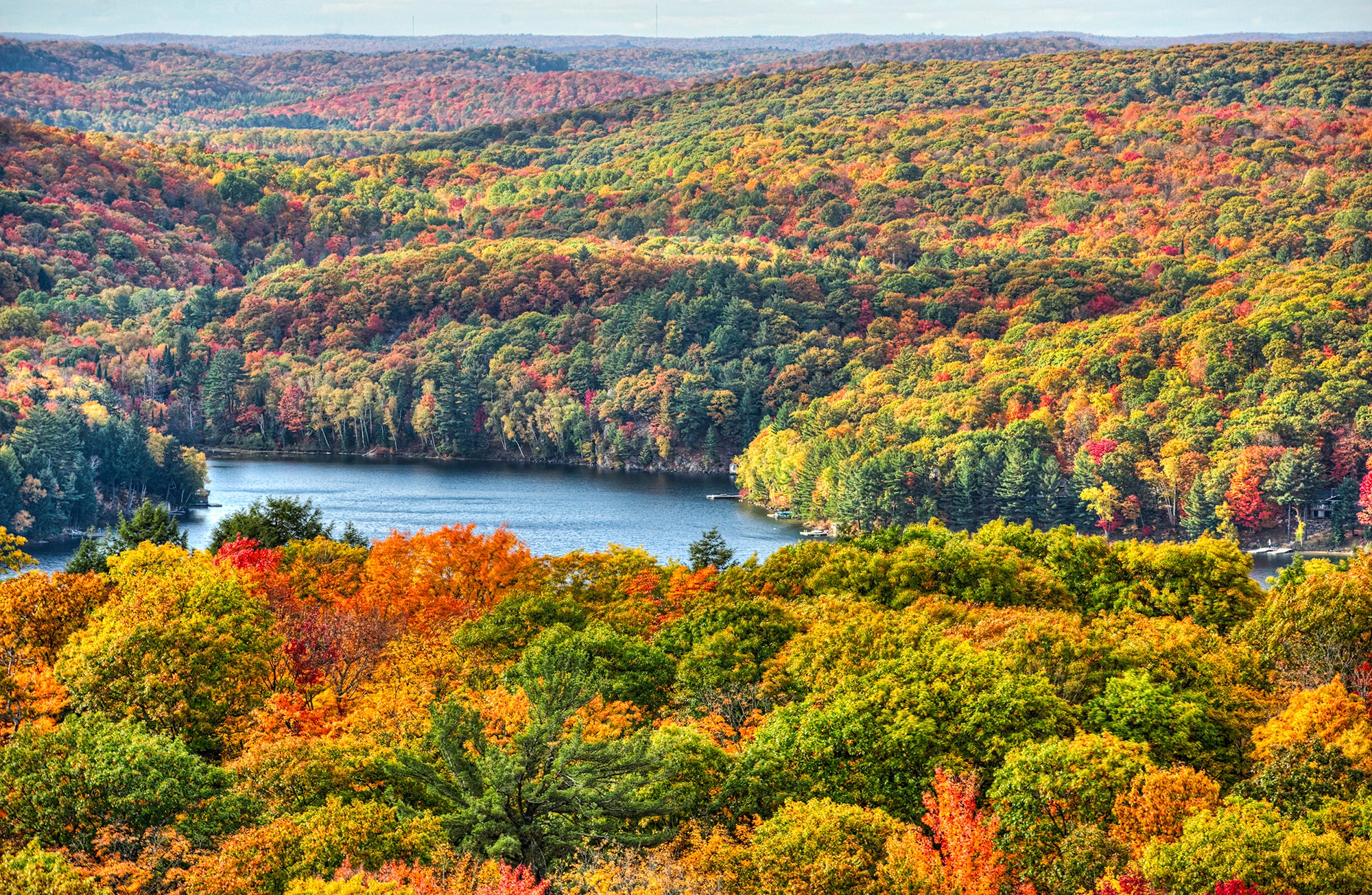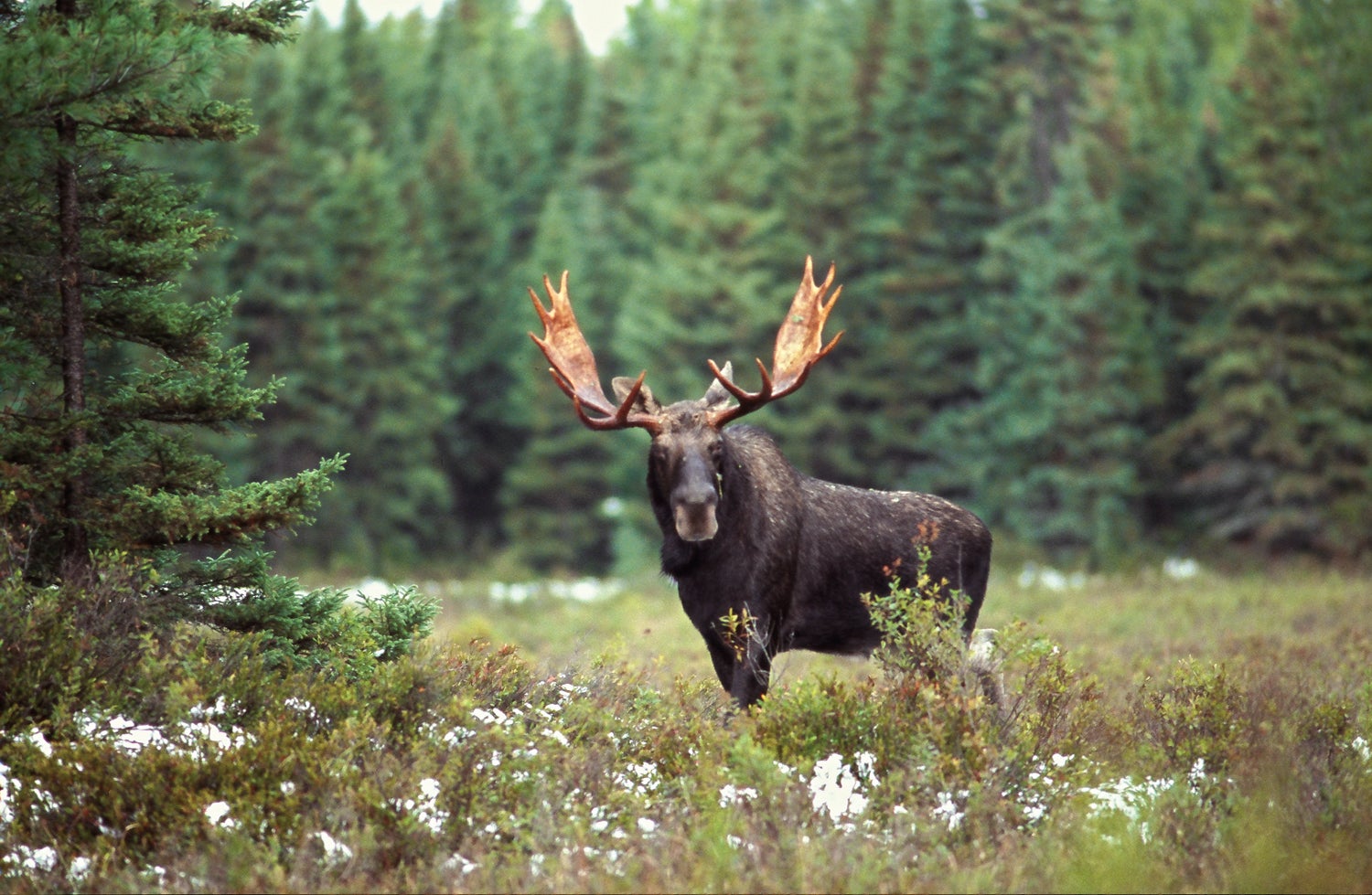Answering the call of the wild: Canoeing in Algonquin Park
In association with Ontario Tourism

Your support helps us to tell the story
From reproductive rights to climate change to Big Tech, The Independent is on the ground when the story is developing. Whether it's investigating the financials of Elon Musk's pro-Trump PAC or producing our latest documentary, 'The A Word', which shines a light on the American women fighting for reproductive rights, we know how important it is to parse out the facts from the messaging.
At such a critical moment in US history, we need reporters on the ground. Your donation allows us to keep sending journalists to speak to both sides of the story.
The Independent is trusted by Americans across the entire political spectrum. And unlike many other quality news outlets, we choose not to lock Americans out of our reporting and analysis with paywalls. We believe quality journalism should be available to everyone, paid for by those who can afford it.
Your support makes all the difference.Covering almost 3,000 square miles, Algonquin Provincial Park is much bigger than Devon. The wealth of enticing possibilities for exploration can be overwhelming, from off-grid back-country canoeing to luxurious loafing. When the far-sighted commissioners set aside this giant wilderness in 1893 to be protected in perpetuity, they pledged to maintain the park “in the condition in which it was when the native peoples fished in its waters and hunted and fought in its forests”. An area that in the 19th century had been open season for trappers like Archie Belaney (later Grey Owl) was now off-limits, which the hot-headed young adventurer defied by crossing the park on poaching trails in the winter of 1909 and ended up nearly drowning when he fell through the ice of a beaver pond.

Three years later, Tom Thomson, who would become one of Canada’s pre-eminent artists, paid his first visit to Algonquin Park. He was instantly besotted, discerning great beauty in the wind-whipped lakes and defiant pine trees, exactly the same scenes that greet the park visitor today. While working as a park ranger, he paddled out onto Canoe Lake on 8 July 1917, and drowned in mysterious, perhaps suspicious, circumstances, aged 39. His tragic death contributes to the glamour and romance of this outdoorsman-turned-painter who has helped define a vision of Canada. Devotees and the curious paddle to the north end of Canoe Lake to visit the stone cairn at Hayhurst Point where an inscription honours the painter’s affinity with the wild, that “sent him out from the woods only to show these revelations through his art”.
The Portage Store (portagestore.com) on Canoe Lake is just one of 34 park access points and one of many along the busy Highway 60 corridor running through the southern stretch of the park. Visitor facilities abound, from a logging museum near the park’s East Gate to an outdoor theatre at km 35, with opportunities to rent bicycles and join an evening wolf howl. The edges of the highway are prime moose-viewing terrain in early spring when the animals graze on the residue of salt used to melt winter ice. One of the most interesting of the park’s interpretive boardwalk trails is the Beaver Pond Trail leading past a beaver lodge and dam. A few visitors are lucky enough, especially in October, to see beavers repairing and gathering stores. If you don't see one, console yourself by chomping on a beavertail pastry, a flat elongated doughnut popular in the area.
Short paddles are easily arranged by one of the many canoe-hire bases, for example the three-hour round trip from Canoe Lake to the base of Ragged Falls. The best way to shed the crowds is to do one or more portages or to leave ‘Main Street’, the busy water thoroughfare paddled by those in a hurry to access the park’s interior. Like any popular tourist destination from Barcelona to Bondi, you just have to travel a short distance against the tide to achieve some privacy.
To experience the unadulterated beauty and grandeur of the wilderness, an aquatic excursion starting in a less crowded corner of the park is recommended. You want the wind on your back, not a dozen other canoes. Voyageur Quest (voyageurquest.com), with a log cabin base in the northwest corner of the park, offers guided canoe camping trips; their three-day trips are suitable for families and cost $553 (£270) per person including tax. Other established outfitters include Opeongo Outfitters (opeongooutfitters.com), Algonquin Bound (algonquinbound.com) and Algonquin Outfitters (algonquinoutfitters.com).

Between the simplicity of wilderness camping and the rustic luxury of one of the three inclusive resort lodges inside the park (Arowhon Pines, Bartlett and Killarney), many accommodation compromises are available, such as the 14 park ranger cabins ($62-$137), yurts sleeping up to six at Mew Lake ($98), and many affordable cabins, B&Bs and bunkhouses outside the park in small communities like Dwight and Whitney. Secluded Algonquin Eco-Lodge (algonquinecolodge.com) offers a sunset beaver paddle on their private lake, star-gazing and a wood-fired sauna. At the opposite side of the park on Kawawaymog Lake, Northern Edge (northernedgealgonquin.ca) has a programme of yoga retreats as well as guided wildlife safaris by canoe. Nature lovers both in Ontario and beyond owe a huge debt to the early advocates for Algonqin Park and to Grey Owl for resisting the exploitation of the wilderness for profit.
Travel Essentials
Air Canada (aircanada.com) operates four flights a day from London Heathrow to Toronto and Air Canada rouge connects Edinburgh, Glasgow, Manchester and Dublin with Toronto. Air Canada rouge will also operate summer flights from Gatwick to Toronto from 19 May 2016.
Toronto Airport is less than three hours by road. The non-profit Parkbus (parkbus.ca; 1-800-928-7101) departs from downtown Toronto on weekends in July and August; the early-bird return fare to the seven stops in or near Algonquin Park is $79. Four stores inside the park and various outfitters around the perimeter provide canoe rentals and guided trips.
Excellent information for planning a trip can be found at algonquinpark.on.ca, maintained by the Friends of Algonquin Park. To use any visitor facility, an Ontario Parks day permit must be purchased for $17 per vehicle. The Official Canoe Routes Map of Algonquin Park is widely available for $4.95 or you can use Jeff's Maps (algonquinmap.com) which indicate cottages and lakes that allow motorboats.
Join our commenting forum
Join thought-provoking conversations, follow other Independent readers and see their replies
Comments